Category: Plants & People
-
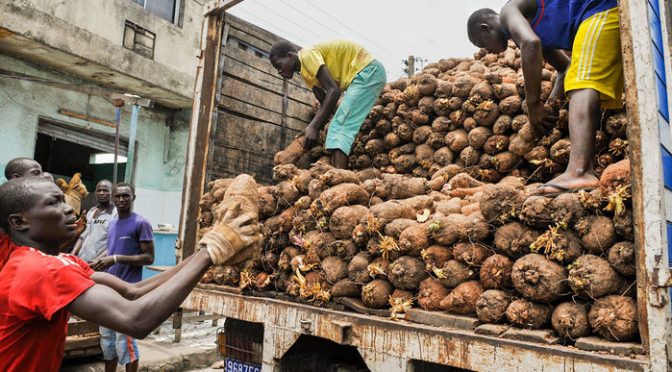
New Discoveries In Early Domestication Of African Crops May Lead To A Brighter Future
Generations of archaeologists have studied plant domestication in the Middle East as well as in Asia and the Americas. “But Africa has very much lagged behind,” (Click on title for full story.)
-
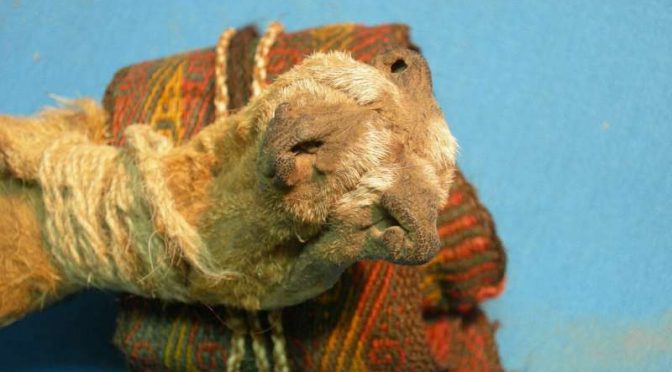
Ancient Shaman Carried A Pharmacopeia Of Psychedelic Plants
Not only does the presence of numerous compounds suggest simultaneous use of drugs and earlier use of ayahuasca, in particular, but it also indicates intricate botanical knowledge by the owner of the pouch and an effort to acquire hallucinogenic plants, as the plants came from different regions of mostly tropical South America. (Click on title for full story.)
-
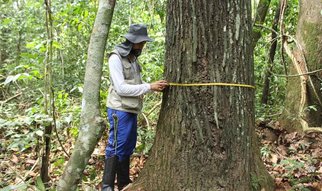
The Trees Speak: Charting Human History Using Tree Ring Study
Here, we use tree-ring analyses to look at changes in growing conditions over the past 400 years in a Brazil nut tree population in Central Amazonia. We identify changes in tree recruitment and growth rates associated not only with regional climatic variability, but also major political and socio-economic activities recorded by historical documents in the vicinity of Manaus. (Click on title for full story.)
-
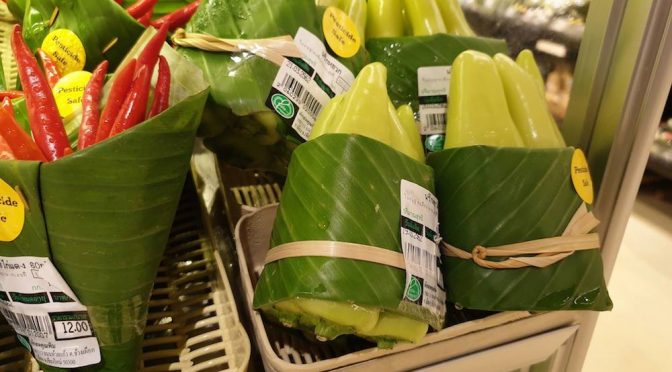
Reducing Single-Use Plastic With … Banana Leaves
Unlike plastics, leaves are organic. They can be composed, banana leave add nutrients to the soil, and they act as a hearty compost for gardens. This makes them a perfect solution for our environment. Certainly, not all leaves are suitable for packaging but the size of banana leaves are wide, thick and flexible enough to allow them to be folded without breaking. (Click on title for full story.)
-
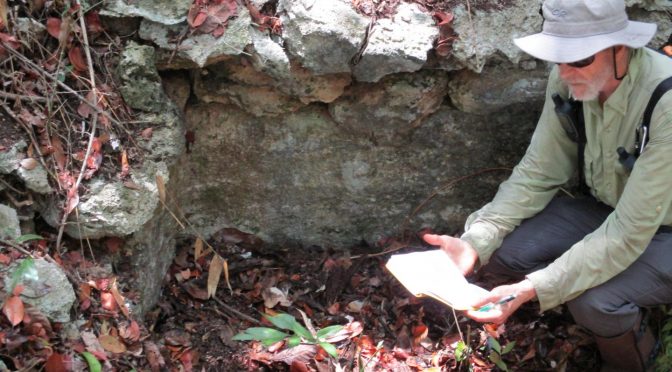
Revealing The Mayas’ Agriculture-Supported Trade Empire
“It’s a shame because the grazing isn’t particularly good. The economic production from that land use is minuscule compared to what was produced by the Maya,” (Click on title for full story.)
-
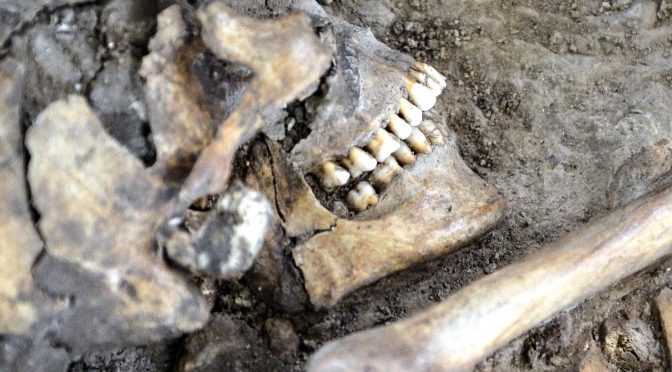
If Ancient Ancestors Hadn’t Become Plant-Eating Farmers Would There Be “F” Words?
Thousands of years ago, some of our ancestors left behind the hunter-gatherer lifestyle and started to settle down. They grew vegetables and grains for stews or porridge, kept cows for milk and turned it into cheese, and shaped clay into storage pots. Had they not done those things, would we speak the languages and make the sounds that we now hear today? (Click on title for full story.)
-
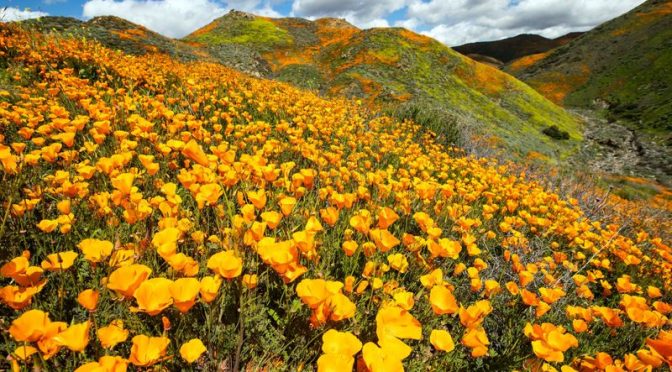
Social Media Creates A Floral Wonder. Social Media Destroys It.
“The people are nice — except when they’re fighting about poppies.”(Click on title for full story.)
-
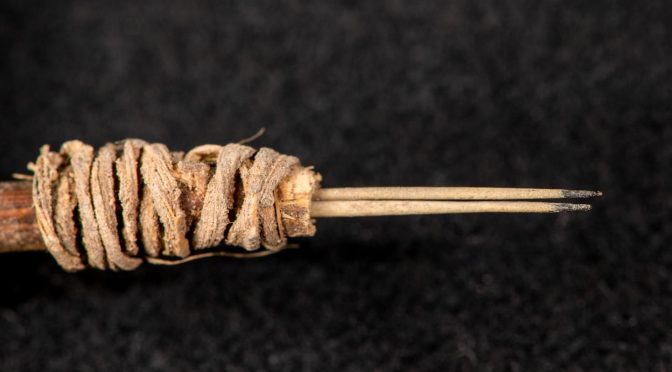
Pueblo People Were Using Cactus Spines To Tattoo Themselves 2,000 Years Ago
Previously, bundled and hafted, or handled, cactus spine tattoo tools from Arizona and New Mexico provided the best archaeological examples of early tattoo implements from the Southwest. The earliest of these have been dated to between AD 1100-1280. (Click on title for full story.)
-
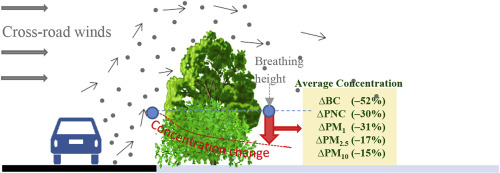
Planting Hedges Along Roads May Keep Us All Healthier
We investigated the influence of roadside green infrastructure (GI) on concentrations of particulate matter ≤10 μm (PM10), ≤2.5 μm (PM2.5), ≤1 μm (PM1), black carbon (BC) and particle number concentrations (PNC) under three GI configurations – (i) hedges only, (ii) trees only, and (iii) a mix of trees and hedges/shrubs – separately in close (<1m) and away (>2m) road conditions. These configurations gave us a total of six different real-world scenarios for evaluation (Click on title for full story.)
-
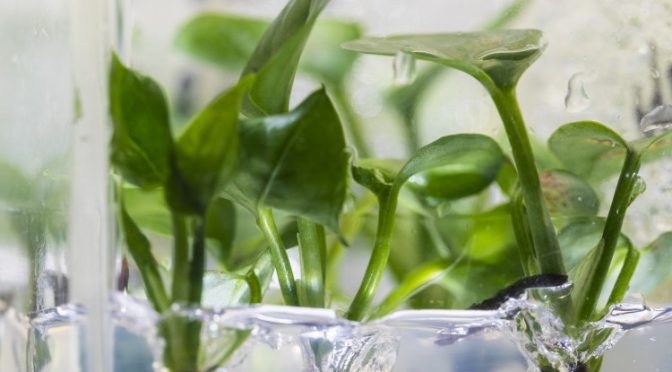
With A Little GMO A Common Houseplant Becomes An Indoor Pollution Fighter
“People haven’t really been talking about these hazardous organic compounds in homes, and I think that’s because we couldn’t do anything about them. Now we’ve engineered houseplants to remove these pollutants for us.” (Click on title for full story.)
